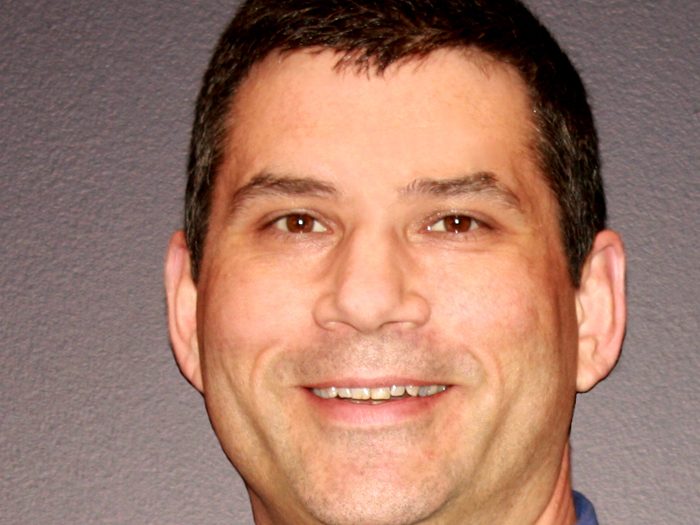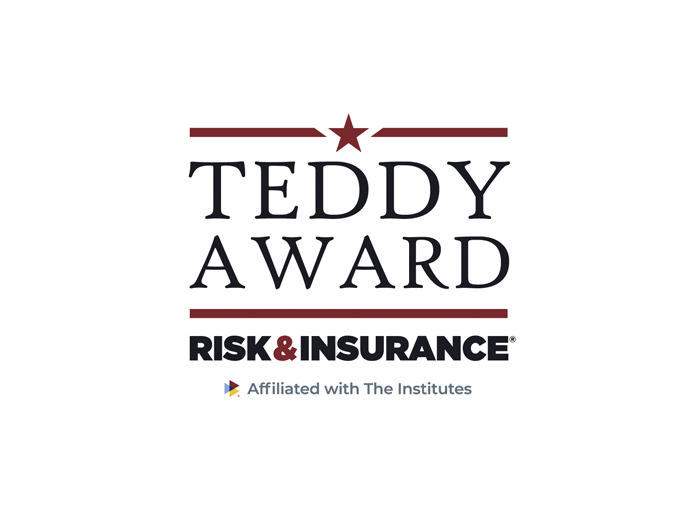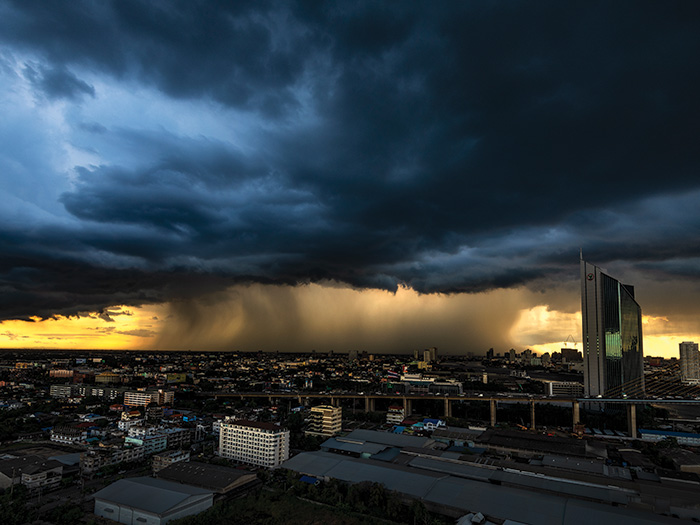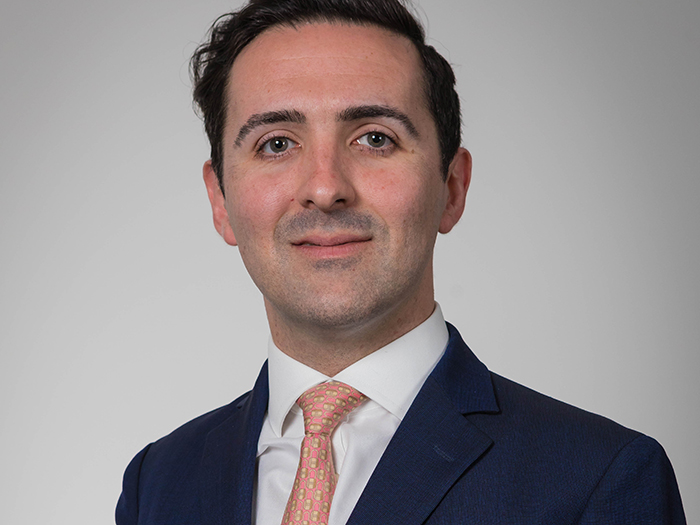Environmental Risk
Seven Questions for Richard Sheldon

Willis Towers Watson’s Richard Sheldon has more than 30 years of experience in environmental consulting, insurance underwriting and brokerage. He joined WTW in 2004 and is now responsible for the management of the firm’s North American Environmental Practice Team. Here is his take on a number of environmental exposures facing insureds.
R&I: We hear a lot about mold, that it’s an ongoing — even growing — problem for commercial property owners. How are carriers responding to this issue? Are they changing coverage terms and in what way(s)?
RS: The market is at a crossroads for mold coverage currently and underwriting review for this coverage is certainly becoming more stringent. Insurers are looking at limitations such as “per door” mold deductibles for habitational and hospitality risks in particular; time element coverage designs are being contemplated; and increased deductibles are being applied overall for mold coverage. Some markets will not cover wood frame construction at all. Some have considered limiting coverage to Acts of God, while others have said they will not cover Acts of God. Insureds need to be prepared for possible coverage changes at renewal, and to either seek alternatives, or to adjust their level of risk tolerance.
R&I: Are there new contaminants that are becoming an environmental problem for property owners? What are they and why are they coming to the fore now?
RS: PFAS (Polyfluoroalkyl Substances) have been identified by the U.S. E.P.A. as an emerging contaminant. And this is leading to some “re-opener” claims for clean-up on facilities that used these chemicals in their processes or for firefighting. Lead in drinking water has certainly also been a concern for both clients and carriers since the crisis in Flint, Mich.
R&I: Given the drumbeat of talk about regulatory change in Washington, DC, how are clients reacting? What are the most pressing questions you’re getting from them about the liability landscape?
RS: At this point, companies are watching closely to see if and how this might materialize. But so far, we haven’t seen any reactions broadly from clients or the insurance marketplace — but this could certainly change. We are hearing a lot of chatter about what activities the various states (who in some cases are charged with administering environmental regulations) will take and speculation about adequate resources going forward. Regardless of where the regulation, enforcement or budget goes, underwriters are still going to want to see insureds demonstrate they are being responsible relative to their environmental exposures.
R&I: What do you hear from carriers given all this talk of regulatory change? What are they doing to prepare for this possible shift?
RS: Carriers have not sent any significant messages to the marketplace yet on this topic. But we do know that many have been analyzing their books more rigorously, and in particular, more so since the exit by AIG from a major part of the environmental business. Any feelings by carriers that reductions in regulatory budget could lead to diminished enforcement may further increase this scrutiny, especially for higher-risk classes of business.
R&I: We hear that managing and reporting environmental claims is becoming increasingly complex. What factors are playing into this?
RS: Both the frequency and severity of claims has increased, driven mostly by the remediation of mold and pre-existing contamination triggered during site development activities. Each environmental claim is unique and can take on a life of its own based on the circumstances surrounding it. As brokers, we spend a lot of time working with specialty underwriters to educate clients and risk managers on the various aspects of environmental coverage and how it will respond. In addition to risk transfer, many insureds are pursuing options to secure insurance capital to help finance potential environmental losses.
R&I: Given that managing and reporting environmental claims is more complex, what should insureds be doing to improve their processes?
RS: Timely notice is most critical. Insureds should have a robust risk management communication program to make sure that environmental claims are reported from the field to their risk manager as soon as possible. In addition, insureds should understand coverage terms relative to carrier consent for any remediation activities. Insureds should also understand what coverage they have for emergency response, and whether there are capacity and/or time restrictions for that coverage.
R&I: Looking ahead a bit, what environmental risks do you see that are emerging, that might not be a problem for insureds now, but very well could be in five years?
RS: New risks can always emerge that we can’t anticipate. However there are some issues on the horizon that could escalate — such as trace pharmaceuticals in water, e-waste, and oil and gas industry impacts from exploration and production. The biggest question for our market is how underwriters will respond to the ongoing and increasing frequency and severity of claims.










